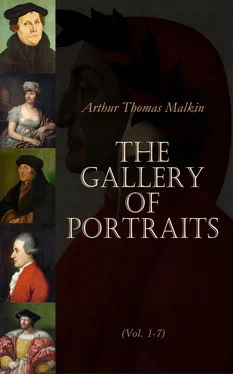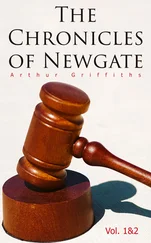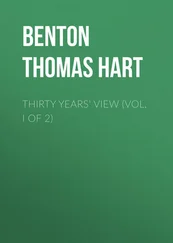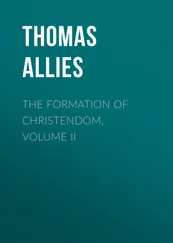Several of Poussin’s finest works are in this country. In the Dulwich Gallery there is, we believe, the largest number to be found in any one collection. Among those, the subject of the Angels appearing to Abraham is treated with considerable grace and beauty. The picture of Moses striking the rock, in the possession of the Marquis of Stafford, is one of Poussin’s most profound and elaborate performances; and, in the National Gallery, the two Bacchanalian subjects will furnish a full idea both of his powers and deficiencies in treating that favourite class of compositions.
The reader will find a more detailed account of the life and works of Poussin in Lanzi’s ‘Storia Pittorica dell’Italia,’ and Bellori’s ‘Vite di Pittori moderni.’ There is an English life of him written by Maria Graham. Much critical information concerning his style and performances will be found in the writings of Mengs, Reynolds, and Fuseli.
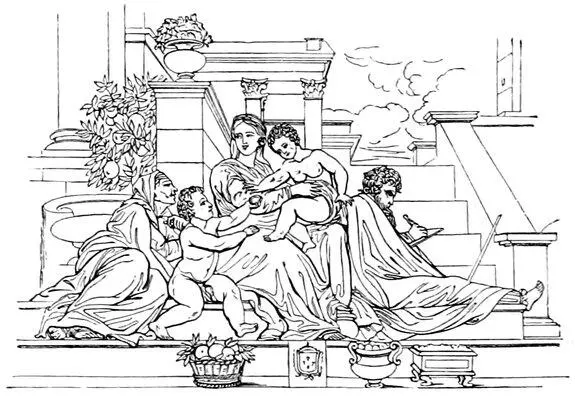
[Holy Family; from a picture by Poussin.]
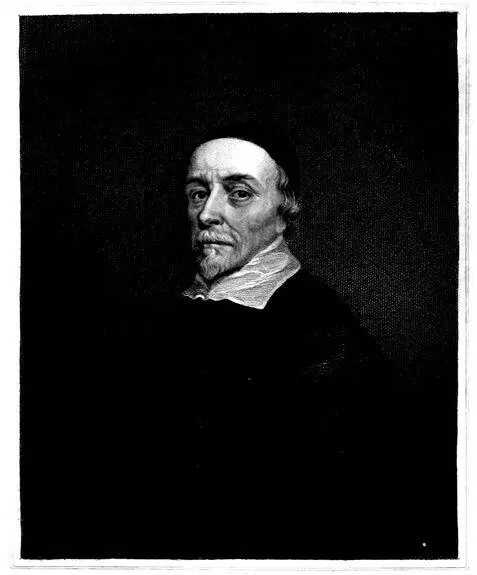
Engraved by E. Scriven. W. HARVEY, M.D. From the original Picture by C. Jansen in the possession of the Royal Society. Under the Superintendance of the Society for the Diffusion of Useful Knowledge. London. Published by Charles Knight, Pall Mall East.
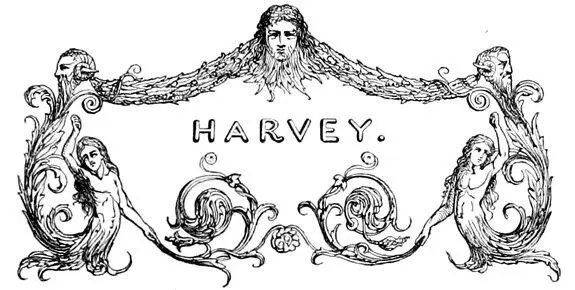
Table of Contents
William Harvey was born on the 1st of April, 1578, at Folkstone, on the southern coast of Kent. He was the eldest of nine children; of the rest little more is known than that several of the brothers were among the most eminent merchants in the city of London during the reigns of the two first Stuarts. His father, Thomas Harvey, followed no profession. He married Joanna Falke at the age of twenty, and lived upon his own estate at Folkstone. This property devolved by inheritance upon his eldest son; and the greatest part of it was eventually bequeathed by him to the college at which he was educated.
At ten years of age he commenced his studies at the grammar school in Canterbury; and upon the 31st of May, 1593, soon after the completion of his fifteenth year, was admitted as a pensioner at Caius College, Cambridge.
At that time a familiar acquaintance with logic and the learned languages was indispensable as a first step in the prosecution of all the branches of science, especially of medicine; and the skill with which Harvey avails himself of the scholastic form of reasoning in his great work on the Circulation, with the elegant Latin style of all his writings, particularly of his latest work on the Generation of Animals, afford a sufficient proof of his diligence in the prosecution of these preliminary studies during the next four years, which he spent at Cambridge. The two next were occupied in visiting the principal cities and seminaries of the Continent. He then prepared to address himself to those investigations to which the rest of his life was devoted; and the scene of his introduction to them could not have been better chosen than at the University of Padua, where he became a student in his twenty-second year.
The ancient physicians gathered what they knew of anatomy from inaccurate dissections of the lower animals; and the slender knowledge thus acquired, however inadequate to unfold the complicated functions of the human frame, was abundantly sufficient as a basis for conjecture, of which they took full advantage. With them every thing became easy to explain, precisely because nothing was understood; and the nature and treatment of disease, the great object of medicine and of its subsidiary sciences, was hardily abandoned to the conduct of the imagination, and sought for literally among the stars. Nevertheless, so firmly was their authority established, that even down to the close of the sixteenth century the naturalists of Europe still continued to derive all their physiology, and the greater part of their anatomy and medicine, from the works of Aristotle and Galen, read not in the original Greek, but re-translated into Latin from the interpolated versions of the Arabian physicians. The opinions entertained by these dictators in the republic of letters, and consequently by their submissive followers, with regard to the structure and functions of the organs concerned in the circulation, were particularly fanciful and confused, so much so that it would be no easy task to give an intelligible account of them that would not be tedious from its length. It will be enough to say, that a scarcely more oppressive mass of mischievous error was cleared away from the science of astronomy by the discovery of Newton, than that from which physiology was disencumbered by the discovery of Harvey.
But though the work was completed by an Englishman, it is to Italy that, in anatomy, as in most of the sciences, we owe the first attempts to cast off the thraldom of the ancients. Mundinus had published a work in the year 1315, which contained a few original observations of his own; and his essay was so well received that it remained the text-book of the Italian schools of anatomy for upwards of two centuries. It was enriched from time to time by various annotators, among the chief of whom were Achillini, and Berengarius, the first person who published anatomical plates. But the great reformer of anatomy was Vesalius, who, born at Brussels in 1514, had attained such early celebrity during his studies at Paris and Louvain, that he was invited by the republic of Venice in his twenty-second year to the chair of anatomy at Padua, which he filled for seven years with the highest reputation. He also taught at Bologna, and subsequently, by the invitation of Cosmo de’ Medici, at Pisa. The first edition of his work ‘De Corporis Humani fabricâ,’ was printed at Basle in the year 1543; it is perhaps one of the most successful efforts of human industry and research, and from the date of its publication begins an entirely new era in the science of which it treats. The despotic sway hitherto maintained in the schools of medicine by the writings of Aristotle and Galen was now shaken to its foundation, and a new race of anatomists eagerly pressed forward in the path of discovery. Among these no one was more conspicuous than Fallopius, the disciple, successor, and in fame the rival, of Vesalius, at Padua. After him the anatomical professorship was filled by Fabricius ab Aquapendente, the last of the distinguished anatomists who flourished at Padua in the sixteenth century.
Harvey became his pupil in 1599, and from this time he appears to have applied himself seriously to the study of anatomy. The first germ of the discovery which has shed immortal honour on his name and country was conceived in the lecture-room of Fabricius.
He remained at Padua for two years; and having received the degree of Doctor in Arts and Medicine with unusual marks of distinction, returned to England early in the year 1602. Two years afterwards he commenced practice in London, and married the daughter of Dr. Launcelot Browne, by whom he had no children. He became a fellow of the College of Physicians when about thirty years of age, having in the mean time renewed his degree of Doctor in Medicine at Cambridge; and was soon after elected Physician to St. Bartholomew’s Hospital, which office he retained till a late period of his life.
On the 4th of August, 1615, he was appointed Reader of Anatomy and Surgery to the College of Physicians. From some scattered hints in his writings it appears that his doctrine of the circulation was first advanced in his lectures at the college about four years afterwards; and a note-book in his own handwriting is still preserved at the British Museum, in which the principal arguments by which it is substantiated are briefly set down, as if for reference in the lecture-room. Yet with the characteristic caution and modesty of true genius, he continued for nine years longer to reason and experimentalize upon what is now considered one of the simplest, as it is undoubtedly the most important, known law of animal nature; and it was not till the year 1628, the fifty-first of his life, that he consented to publish his discovery to the world.
Читать дальше
